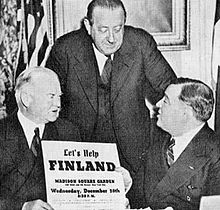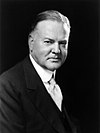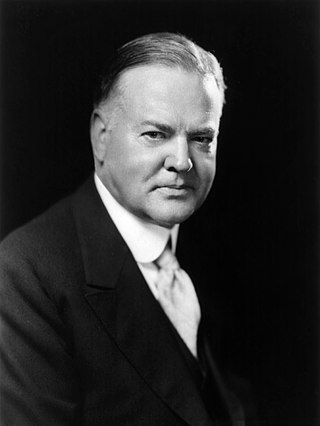
Herbert Clark Hoover was an American politician who served as the 31st president of the United States from 1929 to 1933. A member of the Republican Party, he held office during the onset of the Great Depression. A self-made man who became wealthy as a mining engineer, before his presidency, Hoover led the war-time Commission for Relief in Belgium, served as the director of the U.S. Food Administration, and served as the U.S. secretary of commerce.
The Reconstruction Finance Corporation (RFC) was a government corporation administered by the United States Federal Government between 1932 and 1957 that provided financial support to state and local governments and made loans to banks, railroads, mortgage associations, and other businesses. Its purpose was to boost the country's confidence and help banks resume daily functions after the start of the Great Depression. The RFC became more prominent under the New Deal and continued to operate through World War II. It was disbanded in 1957, when the US Federal Government concluded that it no longer needed to stimulate lending.

In the history of the United States, the period from 1917 through 1945 covers World War I, the interwar period, the Great Depression, and World War II.
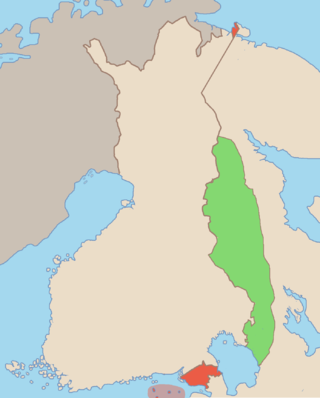
The Finnish Democratic Republic, also known as the Terijoki Government, was a short-lived communist puppet state of the Soviet Union in occupied Finnish territory from December 1939 to March 1940.

The Federal Emergency Relief Administration (FERA) was a program established by President Franklin D. Roosevelt in 1933, building on the Herbert Hoover administration's Emergency Relief and Construction Act. It was replaced in 1935 by the Works Progress Administration (WPA).
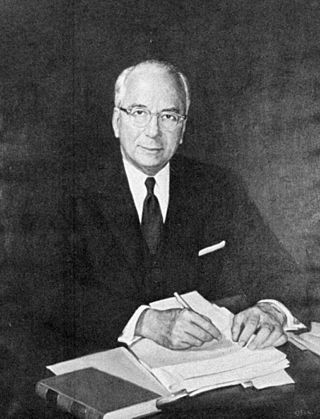
Lewis Lichtenstein Strauss was an American government official, businessman, philanthropist, and naval officer. He was one of the original members of the U.S. Atomic Energy Commission (AEC) in 1946, and he served as the commission's chairman in the 1950s. Strauss was a major figure in the development of nuclear weapons after World War II, nuclear energy policy, and nuclear power in the United States.
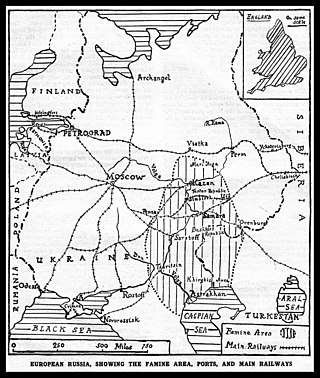
The Russian famine of 1921–1922, also known as the Povolzhye famine, was a severe famine in the Russian Soviet Federative Socialist Republic that began early in the spring of 1921 and lasted until 1922. The famine resulted from the combined effects of economic disturbance from the Russian Revolution, the Russian Civil War, and the government policy of war communism. It was exacerbated by rail systems that could not distribute food efficiently.
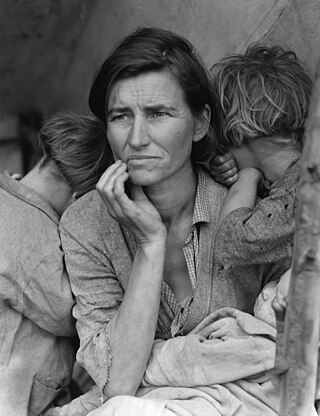
In the United States, the Great Depression began with the Wall Street Crash of October 1929 and then spread worldwide. The nadir came in 1931–1933, and recovery came in 1940. The stock market crash marked the beginning of a decade of high unemployment, poverty, low profits, deflation, plunging farm incomes, and lost opportunities for economic growth as well as for personal advancement. Altogether, there was a general loss of confidence in the economic future.

American Relief Administration (ARA) was an American relief mission to Europe and later post-revolutionary Russia after World War I. Herbert Hoover, future president of the United States, was the program director.
The Belgian American Educational Foundation (BAEF) is an educational charity. It supports the exchange of university students, scientists and scholars between the United States and Belgium. The foundation fosters the higher education of deserving Belgians and Americans through its exchange-fellowship program. Since 1977, Dr. Emile Boulpaep is the president of the BAEF.

The Commission for Relief in Belgium was an international, predominantly American, organization that arranged for the supply of food to German-occupied Belgium and northern France during the First World War.

The United States and Belgium maintain a friendly bilateral relationship. Continuing to celebrate cooperative U.S. and Belgian relations, 2007 marked the 175th anniversary of the nations' relationship.
Foreign support in the Winter War consisted of materiel, men and moral support to the Finnish struggle against the Soviet Union in the Winter War. World opinion at large supported the Finnish cause. The Second World War had not yet begun in earnest and was known to the public as the Phoney War; at that time, the Winter War saw the only real fighting in Europe besides the German and Soviet invasion of Poland, and thus held major world interest. The Soviet aggression was generally deemed unjustified. Various foreign organizations sent material aid, such as medical supplies. Finnish immigrants in the United States and Canada returned home, and many volunteers traveled to Finland to join Finland's forces: 8,700 Swedes, 1,010 Danes, about 1,000 Estonians, 850 Ukrainians, 725 Norwegians, 372 Ingrians, 366 Hungarians, 346 Finnish expatriates, more than 20 Latvians and 190 volunteers of other nationalities made it to Finland before the war was over.
The Commission for Polish Relief (CPR), also known unofficially as Comporel or the Hoover Commission, was initiated in late 1939 by former US President Herbert Hoover, following the German and Soviet occupation of Poland. The Commission provided relief to Nazi occupied territories of Poland until December 1941.

Philanthropy in the United States is the practice of voluntary, charitable giving by individuals, corporations and foundations to benefit important social needs. Its long history dates back to the early colonial period, when Puritans founded Harvard College and other institutions. Philanthropy has been a major source of funding for various sectors, such as religion, higher education, health care, and the arts. Philanthropy has also been influenced by different social movements, such as abolitionism, women’s rights, civil rights, and environmentalism. Some of the most prominent philanthropists in American history include George Peabody, Andrew Carnegie, John D. Rockefeller, Henry Ford, Herbert Hoover, and Bill Gates.

The Stanford University Libraries (SUL), formerly known as "Stanford University Libraries and Academic Information Resources" ("SULAIR"), is the library system of Stanford University in California. It encompasses more than 24 libraries in all. Several academic departments and some residences also have their own libraries.
Jarl Lindfors served as Honorary Consul of Finland in the United States from 1936–1960.
The following events occurred in December 1939:

American Women's War Relief Fund was an expatriate organization in the United Kingdom started by American women to fund and aid World War I support efforts. The group was made up of wealthy socialites, politicians' wives and humanitarians. Many famous and well-connected women were involved, including Lou Hoover, Consuelo Vanderbilt and Lady Randolph Churchill. Leila Paget served as president and Ava Lowle Willing was the fund's vice-president. The group, started almost immediately after the declaration of war, funded a fleet of ambulances, two hospitals, one field hospital and several employment opportunities for unemployed women in Britain.
